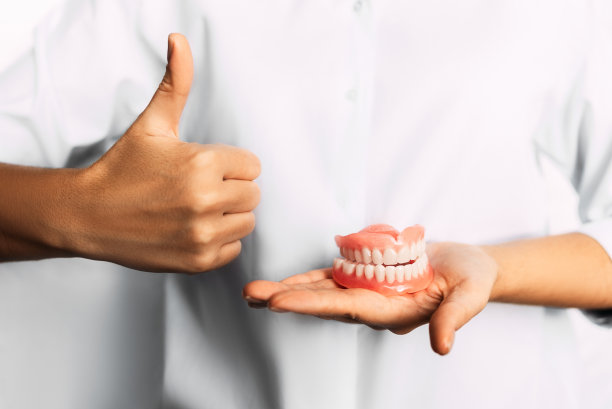A Comprehensive Guide to Extracting a Tooth with Care and Expert Techniques for Pain Relief
Summary: Extracting a tooth can often be a daunting experience for both adults and children alike. This comprehensive guide aims to provide clear and thorough instructions on how to perform a tooth extraction with care, ensuring minimal pain and discomfort. By examining the critical elements of preparation, pain relief techniques, extraction methods, and post-operative care, readers will gain valuable insight into making informed decisions during this dental procedure. Additionally, the importance of professional consultation prior to extraction will be emphasized, reaffirming the significance of expert guidance in oral health. This guide ultimately serves as a resource for those seeking to understand the complexities of tooth extraction while promoting confidence in their dental care choices.
1. Preparing for a Tooth Extraction

Before any tooth extraction procedure begins, proper preparation is crucial. The initial stage involves a thorough consultation with a dentist to evaluate the specific tooth needing removal. A dentist will carry out a complete dental examination, which may include X-rays, to determine the best approach for the extraction. Understanding the root structure and condition of surrounding teeth can be pivotal in shaping the extraction strategy.
Next, the dentist will discuss any medical history, including allergies and current medications. This information helps in deciding on the most appropriate anesthesia and any necessary precautions during the procedure. It is vital for patients to communicate openly with their dentists to ensure safety and efficacy throughout the process.
Lastly, emotional preparation can play a significant role. Many individuals feel anxious at the thought of dental extractions. Utilizing relaxation techniques such as deep breathing, listening to music, or even bringing a supportive friend can help alleviate unease before the appointment.
2. Techniques for Pain Relief During Extraction
Pain management is a primary concern during tooth extractions. Dentists typically use local anesthesia to numb the area surrounding the extraction site. This is usually administered via injection, ensuring that patients feel minimal to no pain during the actual extraction process. Understanding and trusting the effectiveness of anesthesia can significantly reduce anxiety for the patient.
For those who experience heightened anxiety or phobia about dental procedures, sedation dentistry may be a viable option. Sedation can help patients remain calm and relaxed throughout the extraction. Options ranging from mild sedatives to general anesthesia are available, depending on the patients comfort level and dental requirements.
Post-extraction, pain relief options include over-the-counter pain medications such as ibuprofen or acetaminophen. Dentists may also prescribe stronger pain relief if needed. Patients are encouraged to follow the dentists specific post-operative guidelines to manage pain effectively.
3. The Extraction Procedure Explained
The actual extraction procedure can vary based on the tooths condition and its position. Once anesthesia takes effect, the dentist will utilize specialized tools to loosen the tooth from its socket. For teeth that are impacted or have deeper roots, surgical extractions may be required, involving additional steps to ensure complete removal.
The dentist’s expertise is crucial during this stage; their ability to gauge the level of difficulty and adjust the approach accordingly can significantly influence the procedures success. Gentle techniques minimize damage to surrounding tissues, leading to faster healing times.
Once the tooth is extracted, the dentist will clean the site to prevent infection and can place gauze to help control bleeding. Patients will be instructed on how to care for the extraction site to promote healing and avoid complications.
4. Aftercare for Optimal Healing
Post-operative care is essential for a smooth recovery following tooth extraction. Patients are advised to rest and avoid strenuous activities for at least 24 hours. Ice packs can be applied to the face to reduce swelling, and following dietary restrictions (soft foods) is important to prevent discomfort.
Maintaining proper oral hygiene is still crucial; however, patients should avoid rinsing their mouths vigorously for the first few days to prevent dislodging the blood clot that forms in the socket. Gentle brushing of the teeth is encouraged, being careful to avoid the extraction site.
Monitoring for signs of infection or complications, such as persistent bleeding or increased pain, should be a priority. Any concerning symptoms should prompt a consultation with the dentist to address potential issues promptly.
Summary:
This guide emphasizes the vital aspects of tooth extraction, ranging from preparation and pain management to the methodical extraction process and aftercare. By understanding these elements, patients can approach tooth extractions with confidence, knowing they are taking informed steps toward maintaining their oral health.
This article is compiled by Vickong Dental and the content is for reference only.



